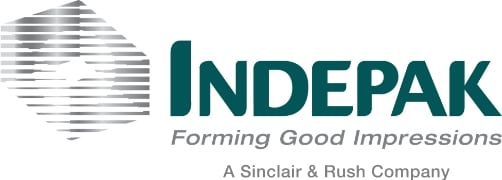Thermoplastics are some of the world’s most versatile materials. They are used by virtually every industry, and the products created out of thermoplastic range from thermoform packaging to floor tiles to plumbing pipe and even clothing, toys and furniture.
Sometimes people confuse the terms “thermoplastics” with “thermoset plastics,” but there are some very important differences. Thermoset plastics are used to make car parts, aircraft parts, shoe soles, tires, electronics, flooring and many other items that need to be very strong. Thermoplastics, on the other hand, while they are certainly strong enough to protect and hold a variety of solids and liquids, are not as durable. However, they are highly recyclable and thermoset plastic cannot be recycled.
There are many different types of thermoplastic, and each is identified with a special resin identification code. These codes are used by recycling centers to separate different kinds of plastics and other materials. Two of the most recyclable plastics are polyethylene terephthalate (PETE or PET) and high-density polyethylene (HDPE). These plastics are identified with a code of 1 or 2, respectively, and these are the two types of plastic most commonly accepted by curbside recycling programs. However, all thermoplastics can be recycled and more and more cities are offering expanded recycling of plastics.
While rubber, collagen and other natural materials have been used by man for thousands of years, the first manmade plastic was Parkesine, which was created by combining cellulose with camphor and other elements. Polystyrene (known as Styrofoam) and polyvinyl chloride (PVC) was invented in the 19th century as well, but not fully developed and ready for use until the 20th century. PVC was another plastic that actually was discovered in the 19th century but not developed enough for widespread use until the 1920s.
Thermoforming, the process by which plastic is heated, molded and cooled to create a thermoform package is not a new process. In fact, types of thermoforming actually existed in ancient times although the ancient Egyptians, Romans and Micronesians certainly weren’t using PVC or PETE to make their products. Instead tortoise shells and tree bark often were used to make everything from food containers to boats.
Since 1967, Indepak has been on the cutting edge of the thermoforming industry. We offer custom packaging solutions to clients in a wide variety of industries. We can create custom thermoform packaging that meets your needs and budget. As a thermoforming company, our goal is to provide you with excellent customer service while providing you with a total solution for packaging from development to production and beyond to package fulfillment, inventory management and shipping.





